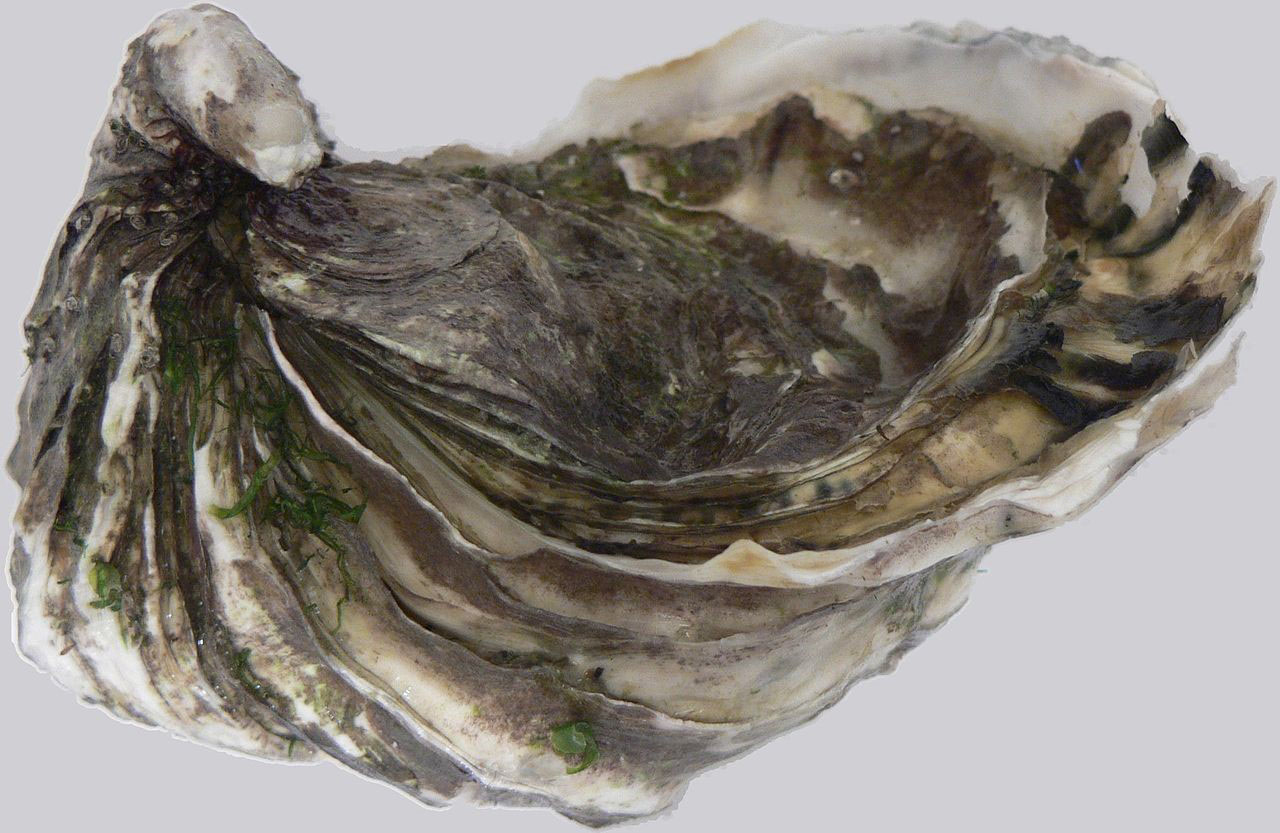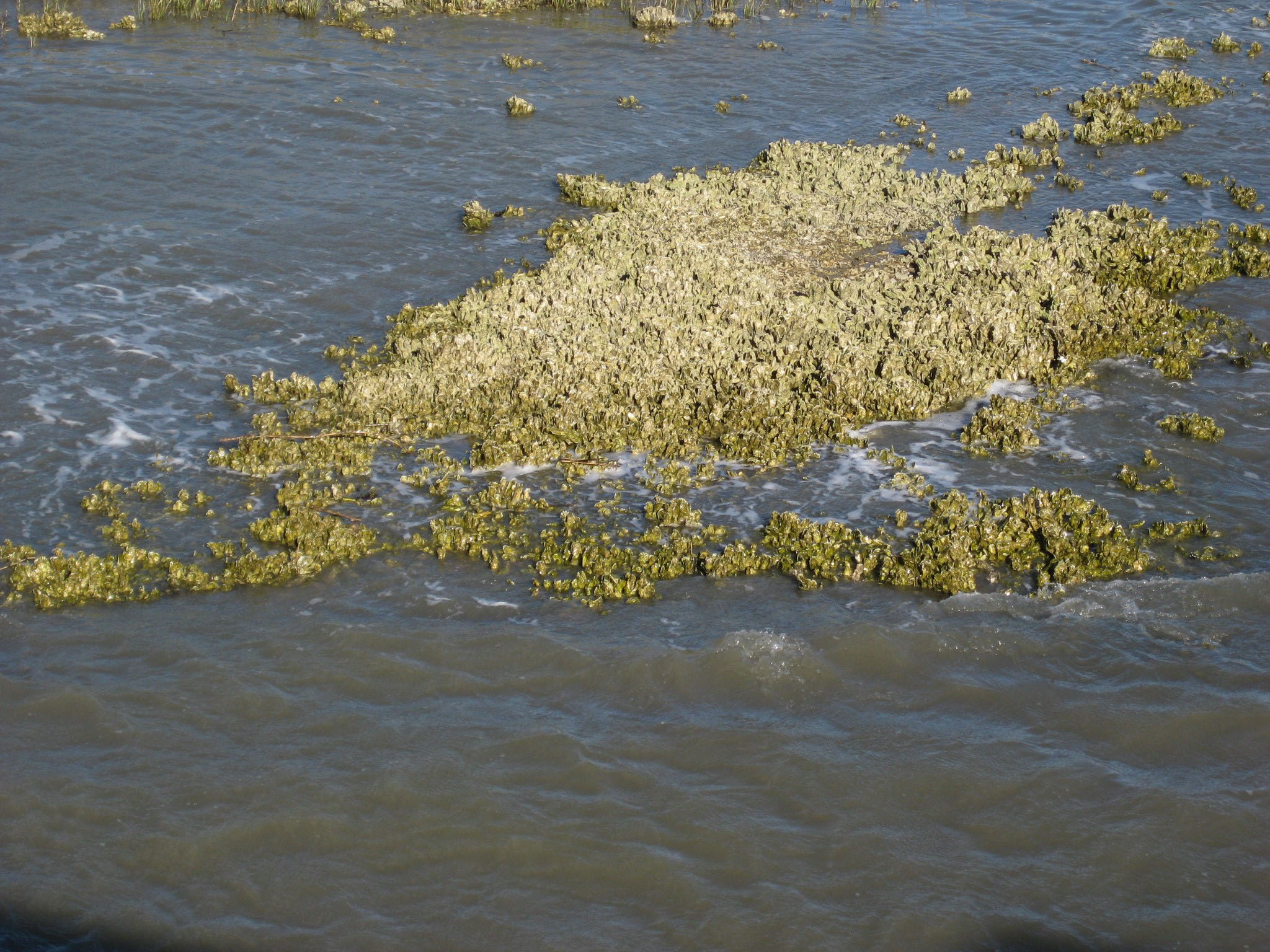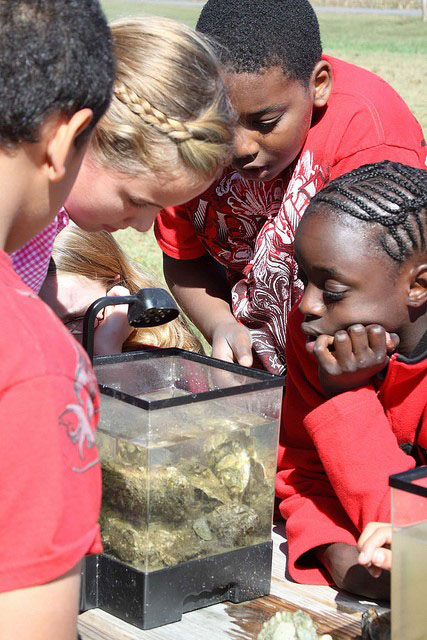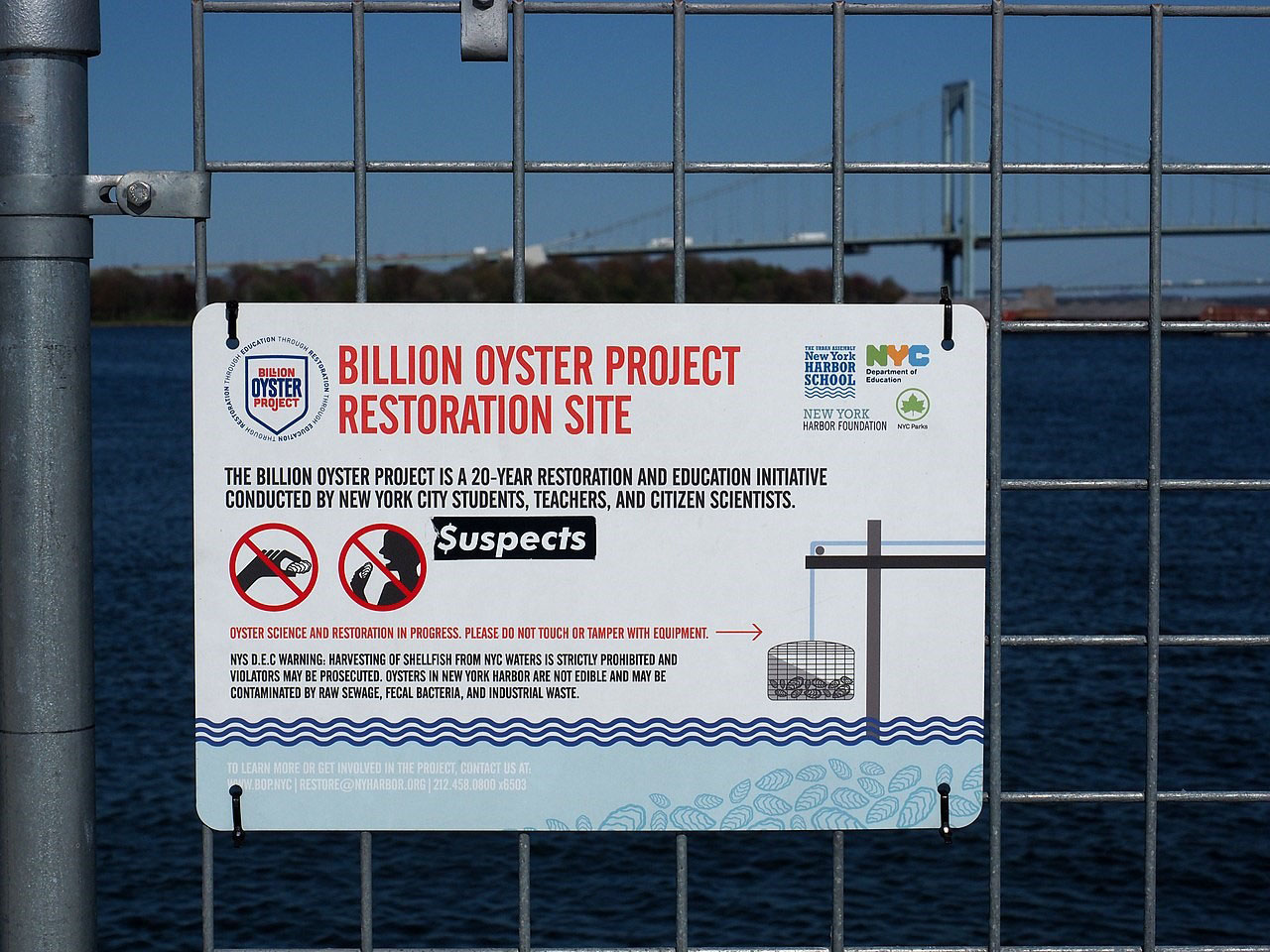
Some very old oyster shells found in a cave have answered the eternal question, “who was the first person to eat that”?! Looks like it was a hungry South African, 164,000 years ago.
Today, we consume around 8 billion oysters a year. But they’re good for so much more than eating.
Oysters cement themselves together to form reefs that control coastal erosion and reduce wave energy.
These reefs increase the surface area 50 times compared to a flat ocean bottom, providing habitat for many other species.
Oysters filter water through their gills to extract and eat plankton—and in the process purify it, removing harmful chemicals and sequestering them in their shells. A single oyster can filter 50 gallons of water a day!
In the 1880s, Chesapeake Bay’s oysters could filter the entire bay in several days. Today, it would take more than a year.
That’s because oyster populations have declined there and worldwide. Some estimate Earth has lost 85 percent of its oyster reefs to overproduction, oxygen depletion and habitat destruction.
Thankfully, we’ve begun to appreciate their many benefits, and there are efforts underway to restore oyster beds. In New York Harbor alone, a project has grown 10 million oysters a year and aims to grow a billion by 2035.
They may not be much to look at but oysters are a vital part of Earth’s ecosystem.
Background
Synopsis: Oysters are probably best known as a seafood treat at some restaurants, but they may be more important for providing several critical benefits to coastal areas. Oyster beds are strongly cemented reefs that provide habitat for marine life. They deflect storm waves, protecting fragile coastal regions. A single oyster filters thirty to fifty gallons of water per day, cleaning bays and estuaries and sequestering harmful chemicals in their shells. Projects are underway around the globe to take advantage of the valuable natural services of these shellfish.
- Oysters are bivalve mollusks that live in marine or brackish water.
- True oysters are from the family Ostreidae, which includes five genera of edible oysters with irregular shells that reflect the substrate they grow upon.
- New England’s oysters survive in waters as cold as 29°F (-2°C) while Gulf of Mexico Oysters exist in 97°F (36°C) waters.
- Oysters evolved 250 million years ago in the Early Triassic period.
- Shell middens at South Africa’s Pinnacle Point in Marean’s Cave demonstrate that humans have been consuming oysters for at least 164,000 years.
- The coast of Manhattan was covered in oyster beds when the Dutch first arrived in the seventeenth century.
- Today, humans consume more than two billion pounds of oysters each year.
- Oysters build complex cemented beds called reefs along temperate coastlines all over the world, but some estimates suggest 85% of Earth’s oyster reefs have been lost to overproduction, oxygen depletion and habitat destruction.
- Oyster reefs have become extinct in some areas, including Australia.
- They are endangered in others, like Europe and parts of North America.
- These tough three-dimensional oyster beds provide several coastal benefits.
- They protect coastal areas from erosion by stabilizing unconsolidated sand and mud substrate.
- Their rough surfaces reduce wave energy and limit the height of waves that approach the shoreline during storms.
- They serve as habitat for diverse marine species, increasing the surface area of the water bottom fifty times compared to a flat bottom, attracting hundreds of small animals and their predators.

- Oysters are remarkable at cleaning coastal waters as they feed.
- Oysters are filter feeders that rely upon regular delivery of phytoplankton in tidal currents.
- They use beating cilia, minute hairlike structures, to draw water across their gills, trapping plankton and particles in gill mucus. This material is transported to their mouth for sorting and is then digested, while sediment is excreted.
- Individual adult oysters can filter up to two gallons (7.5 L) of water per hour; that’s up to 50 gallons (190 L) per day.
- Here is a great 95-second video demonstration from the University of Maryland showing what 10 oysters can achieve in just one hour: Oyster Filtration Demonstration.
- In the 1880s, Chesapeake Bay’s oyster population could filter the entire bay in several days, but, today, the decimated oyster population would take more than a year to filter the contents of the bay.
- Scientists have found that oyster growth may also reduce harmful pollutants like excess phosphorous and nitrogen, which can be incorporated into shells.

- In recent decades, recognition of the power of oyster reefs to protect and remediate coastal areas has resulted in a number of research projects around the globe.
- The hardy Pacific oyster is native to Asia but has historically been introduced along coasts of the United States, France, and other countries to repair dwindling populations of native oysters or to create new industry. However, this species is considered invasive in some regions where it may have accidentally hitched a ride on boat hulls and is outcompeting native species; it’s a delicate balance.
- In the Mediterranean, Corsica University’s Stella Mare research institute is planting oyster beds to clean up the country’s polluted port of Bastia. They have observed clearer water and decreases in some industrial chemicals but note that each ecosystem requires a customized approach.
- The Billion Oyster Project is underway to restore oyster reefs to New York Harbor. Since 2014, the project has restored 75 million oysters to the harbor from four oyster nurseries to help protect shorelines and improve water quality. By 2035, the goal of this citizen science project is a billion oysters restored and thousands of STEM students engaged from the surrounding boroughs.
- EarthDate ED-209 talks about farming the seas.

- The oyster season rule that you should only eat oysters in months that contain an R—September through April—has been around for more than 4,000 years for good reason.
- Shell middens from Mississippi to South Carolina show seasonal evidence that Native Americans did not eat these shellfish in the summer.
- During summer oysters spawn, so native populations knew that allowing populations to grow was key to abundant harvests in future years.
- In addition, during spawning season, they taste weak and watery, so aren’t harvested, but they aren’t dangerous to eat if kept cold.
- And finally, it was difficult to keep oysters fresh in the days before refrigeration.
- Pearl oysters are not edible and come from the family Pteriidae.
- A variety of other mollusks produce pearls by secreting nacreous aragonite or calcite to cover irritating grains that get inside their shell.

